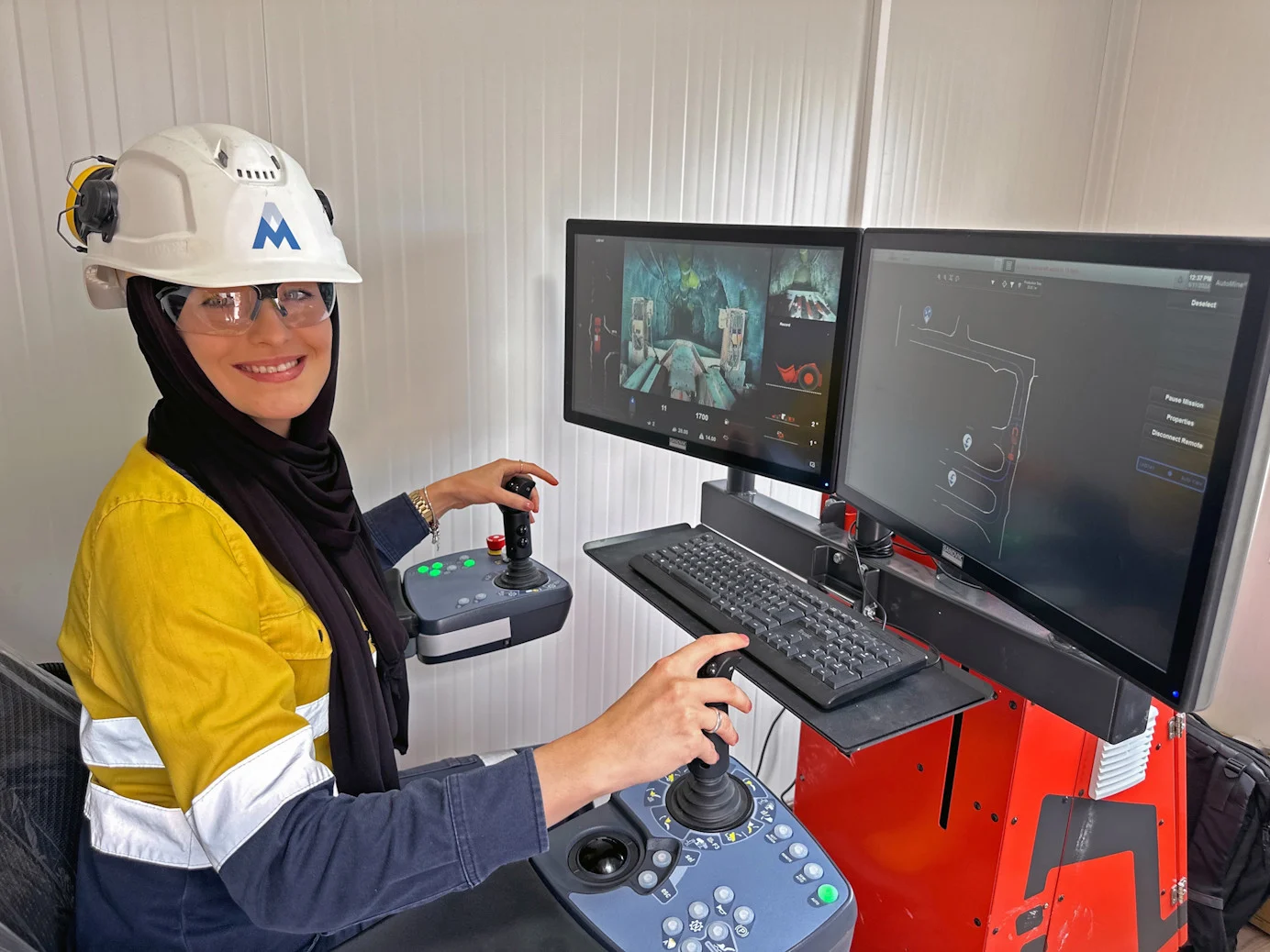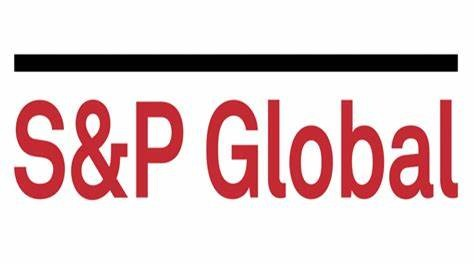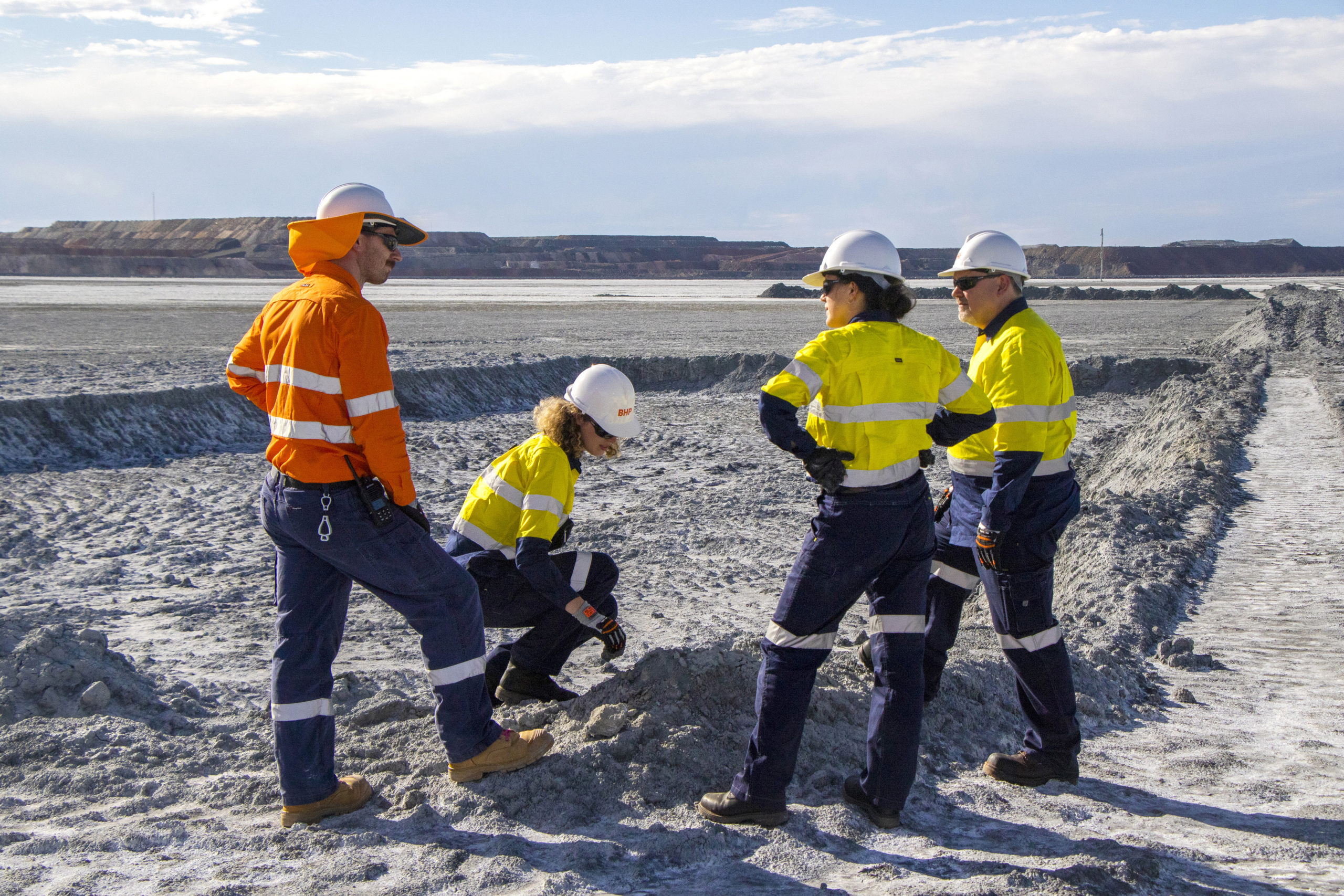Canada’s golden guys
It’s the time of year to pause and reflect on how things are going, and dream about what we can wish for, if we believe in Santa Claus, leprechauns or caffeine-driven analysts.
We decided to focus on Canadian gold mining companies, i.e., companies based in Canada with mines that produce substantial gold. To this end we have pulled together an information package about Canada’s large and mid-size gold miners. (Some companies were omitted because we did not have their third quarter results by press time.) We invited certain companies to tell us their story by answering four questions; the answers reflect the different perspective of large and mid-size companies.
The chart compares production, costs and hedge positions at the end of the third quarter this year, as well as reserves and mine locations. It shows the extent to which Canadian miners are working around the world. Check out the reserve figures for a look into the future of these companies. Please note that the reserve figures are in many cases my own calculation, lumping tonnages from various operations (both open pit and underground) and finding an average grade; this may seem to misrepresent the grade of individual operations.
For another perspective, we asked Rhona O’Connell where the gold market is headed. She is the London, U.K.-based manager of market analysis for the World Gold Council, which works on behalf of mining company members to improve the demand for gold, and to keep on top of gold developments. Her comments follow:
“There has been a sea-change in the market over the past 12 to 15 months (to November 2002) by comparison with the previous 15 years, with the professional investor taking an interest because of a series of external system shocks. These include the development of economic problems, political tension, banking fragility in parts of the world, and equity market concerns both on valuation concerns and latterly over corporate governance. Added to this is a sustained concern over the outlook for the dollar and rising geo-political tension.
“As a consequence, the professional investor is once again looking at gold as a hedge against risk–something which many individuals in developing nations have never ceased to do.
“In the physical market, demand exceeds mine plus scrap supply; the balance has to be made up from sales or lending from the official sector, which has been reduced of late. This is partly because of the Central Bank Gold Agreement, partly because the mining industry is borrowing much less from the market as hedging has been dramatically reduced (in fact at present hedge lifting is an element of net demand in the market) and partly because there is very little incentive for speculators to trade from the short side (which involves an element of borrowing as part of the structure of the trade).
“Physical purchases in the form of jewelry and small investment bars have been slower this year due to poor economic performance, but it does appear that the physical buyer has adjusted to the US$300-$315/ounce band as an acceptable purchasing level.
“The market is therefore benefiting from the interest of the professional investor and maintaining a reasonably sound underlying fundamental balance. While these prevailing parameters remain in place the market would be regarded by most observers as broadly constructive.”
What is your company’s biggest news?
David Garofalo, Agnico-Eagle Mines Ltd. — The completion of its expansion of mining and milling to 7,000 tons/day at LaRonde mine, and the commencement of a feasibility study on the development of the deep gold reserves of LaRonde as well.
Terry Lyons, Northgate Exploration Ltd. — We have increased our production and mill availability in excess of our targets, so we’re milling in excess of 50,000 tonnes/day and we’re meeting all of our production targets at the mine. The second news is that, from this year’s drilling program, Kemess North looks like it is evolving into a second deposit, and we’ve commenced work on a feasibility study to eventually bring it into production towards the end of the Kemess South mine.
Neil McMillan, Claude Resources Inc. –The new discovery at the Seabee mine, the Madsen Red Lake drill program, and the turnaround in Seabee production.
Martin Rivard, executive VP, Richmont Mines Inc. — The successful start-up of the Beaufor mine and Hammerdown mine’s first complete year of production will enable Richmont Mines to produce over 100,000 ounces of gold at an average cash cost of US$160 per ounce in 2002.
Claire Derome, McWatters Mining Inc. — We are starting the only new gold mine coming onstream in Canada. We should have startup in November of this year and commercial-stage production early next year. This is the Sigma-Lamaque open pit operation, a totally new operation, on the Sigma side of the orebody.
Len Homeniuk, Cameco Gold Inc. — Our acquisition of AGR Ltd., which is a company that has the Boroo gold mine under development in Mongolia. We hope to have it in production about this time next year. That will make us a two-mine company.
Jay Taylor, Placer Dome Inc. — The Aurion-Gold acquisition, which marks an important milestone for Placer Dome as it will boost our production by one million ounces per year for the next 10 years. Australia represents one of the best opportunities for future growth and now, as the country’s second largest producer, we are ready to capture our share. For the first time ever in the history of this extremely prolific gold belt, all of the geological data will be under one management. Combined with our exploration track record and funding ability, we are in an excellent position to capture opportunities in the 8,000-km2 package of land. As of today we own 76% of Aurion-Gold, and I expect that will rise to 100% shortly.
Chris Bradbrook, Goldcorp. Inc. — Clearly the performance of the Red Lake mine is our biggest news. Since commencing commercial production at the beginning of 2001 the mine has continually exceeded all forecasts. It is the richest gold mine in the world and operates with one of the lowest cash and total costs in the business. The Red Lake mine has transformed Goldcorp. The most important point to make is that we have achieved this transformation through organic growth, which has enabled us to create real shareholder value. For example, our historic finding costs have been approximately US$11 per reserve ounce and we are able to mine these at a cost of less than US$65 per ounce. Our exploration efforts have continued to meet with success and last year (2001) we were able to increase reserves and extend the mine life, thus further enhancing shareholder value. Currently we are conducting our largest-ever exploration program at the mine with a 2002 budget of US$12 million.
What is most important for success in today’s gold mining business?
David Garofalo — I would say having large, high-quality reserves. If you have large, high-quality reserves you have mine life, which is very desired by the investment community, and high-quality generally means that you tend to have lower costs because it implies that the grades are good and that the mine is relatively easy.
Terry Lyons — There are five fundamental aspects. Critical to the success in the gold-mining business is good management. Large high-quality reserves are important. The reserve location is important only in relation to the infrastructure and the political stability of the location. Miners are pretty good at putting things into production wherever. And finally low-cost production. We’ve got the best management team in the business in an open pit operation, we have low-cost production, and we’ve got a large reserve but it’s low grade, so we have to be very efficient in the operation to make it work.
Neil McMillan — Low cost production [is the most important], because ROE [return on equity] is the ultimate measure of success.
Claire Derome — Persistence, commitment, hanging on, believing in your own resources
and judgement.
Len Homeniuk — You can’t beat low production costs, because it makes it more profitable, whatever the price of gold.
Jay Taylor — The most important factor for us is large, high-quality reserves, because this generally leads to low-cost, profitable production on a large scale. Size is important, but size without earnings is not. Location is important, but in this business we have to go where the reserves are, and we don’t always have the luxury of choosing. Before we enter a new region we conduct a thorough analysis of the social, geopolitical and economic risks, and we have become quite adept at operating in a number of diverse parts of the world.
Chris Bradbrook — In our mind success is the ability to generate a profitable business, which creates wealth for shareholders and which is an attractive investment relative to all other alternative investments (not just gold mining companies). For a gold mining company to be able to do this, the most important ingredients for success are high quality, profitable reserves in stable political environments. The two most important aspects of profitability are low costs of production and low costs of acquisition. In our mind exploration represents the lowest cost of “acquisition”, hence the importance of the assets being able to provide organic growth through ongoing exploration success.
What fundamental changes are taking place in the industry?
David Garofalo — I think there’s a widening gap between the seniors and the smaller producers. The seniors are struggling to grow because of their very large pipeline [of reserves]. They can’t keep the pipeline full; they’ve gotten too big. The smaller producers that are left are going to be the engines for growth in the sector. They’re also the ones that tend to be doing the grassroots [exploration]; the seniors seems to have a bunker mentality and they’re exploring on their existing producing camps and ignoring the grassroots side of the business.
Terry Lyons — First of all, the consolidation of the industry. We are losing a lot of our mid-tier companies as they come together. Another change is the quality of management is better today than it has been in any given time. Another is that the world is not discovering the very, very large deposits — the Yanocochias [Peru, Newmont] and the world’s largest gold mine, Grasberg [Indonesia, Freeport McMoran]. These companies are sitting with 40, 50, 60 million ounce reserves. We are starting to see more 2 and 3 million ounce deposits as the norm. Exploration has been starved over the last several years because of low prices, so there’s not a huge amount of properties in the pipeline, so there’s going to have to be a lot of work.
Neil McMillan — There is no exploration, so the reserves are depleting. A talent deficiency is developing.
Claire Derome — In the gold industry, we’re seeing companies operating worldwide, with the strong presence of Canadian companies. Also we’ve seen in the past two years a lot of consolidation. Even this morning there’s news of a business combination between Iamgold and Repadre … another one gone. What we see is a lack of mid-size and junior companies, so there’s a lot of opportunities for new companies there, especially with this new gold price environment.
Len Homeniuk — The obvious one is the consolidation. There are getting to be fewer and fewer companies, and that leaves companies like ours with real opportunities in the small- to medium-size production scenarios, for those who want to take advantage of them. There is a void of million-ounce producers in the market now.
Jay Taylor — The gold industry is small but has traditionally been very fragmented, with too many small, often inadequately-capitalized players. It made a textbook case for consolidation, which we’ve been seeing happening for the past 18 months. Many of the senior producers have merged with mid-tier or first-tier companies. Now I see the merging moving down the ranks, with mid-tier and smaller companies consolidating. The results will create a stronger industry, which will hopefully behave in a more cohesive way. With the current pressures on our industry, it behooves us to present a common front.
Chris Bradbrook — Probably the most significant change is the increasing movement away from hedging. We believe that investors want full, unfettered exposure to a rising gold price and that they therefore want to own unhedged gold companies. Investors are also nervous of potential future liabilities that hedging could expose companies to. Investors’ discomfort with hedging can be seen by the fact that over the last two years, as the gold price has increased, the shares of unhedged gold companies have substantially outperformed those of hedged companies.
What would you wish for, to improve your company’s position?
David Garofalo — The obvious one is the gold price. I think Agnico has one of the better leverage stories in the sector so I think we’ll benefit disproportionately to other producers if the gold price goes up. We don’t have hedged reserves and we’re perceived as a non-hedger in the market so I think the market pays us a much larger beta to bullion ratio when the gold price moves.
Terry Lyons — I’m not that fussed about the price of gold, but what would be lovely would be to get a strengthening copper market, because we take the copper byproducts as a credit against our gold costs. The other thing that we are pressing for is for the government of British Columbia to assist in building a road, and it’s not just for us, that connects the northern part of British Columbia to the coast. I would certainly like to acquire or invest in another entity which can make us a multiple-mine company, but that will happen over a course of time. That’s within my control.
Neil McMillan — We would wish for a higher gold price, and renewed investor interest.
Claire Derome — I think everyone’s looking for a better price. Even if we had a good run up, we still need a better price. US$350/ounce gold is a long-term average that we need to see in place to see some growth in the industry.
Len Homeniuk — From a mining side of it I’d want a higher gold price, the higher the better. It’s very simple to me: low operating costs, the best gold price you can get. Everybody is prepared to handle other risks. The mines are where you find them , and if you’re prepared to undertake those risks and develop them, you go ahead and do that, and factor that into the equation. You have a decision to make whether or not you want to go there or look there. But with the gold price you’re stuck.
Jay Taylor — We’re doing very well at today’s price, but in a perfect world we would certainly like the price of our product to rise. For the industry to be strong and sustainable over the long term, gold will have to go to US$350+/oz or higher and stay there. Below $350, and particularly sub-$300, there is a lot of pressure on the industry.
Chris Bradbrook — We would love to see lower tax rates. In addition we would like to see a much higher gold price. In fact we believe that the gold price is headed higher, as a consequence of fundamental macro-economic conditions. However, gold companies should do much more to promote gold as an investment. We have been doing this to some degree by building gold bullion on our balance sheet to 178,911 ounces (5.56 tonnes) at the end of the third quarter, 2002. The entire industry would benefit from an increased level of exploration activity from the junior sector. Typically a discovery by a junior company ignites the investor interest required to finance this activity.





Comments